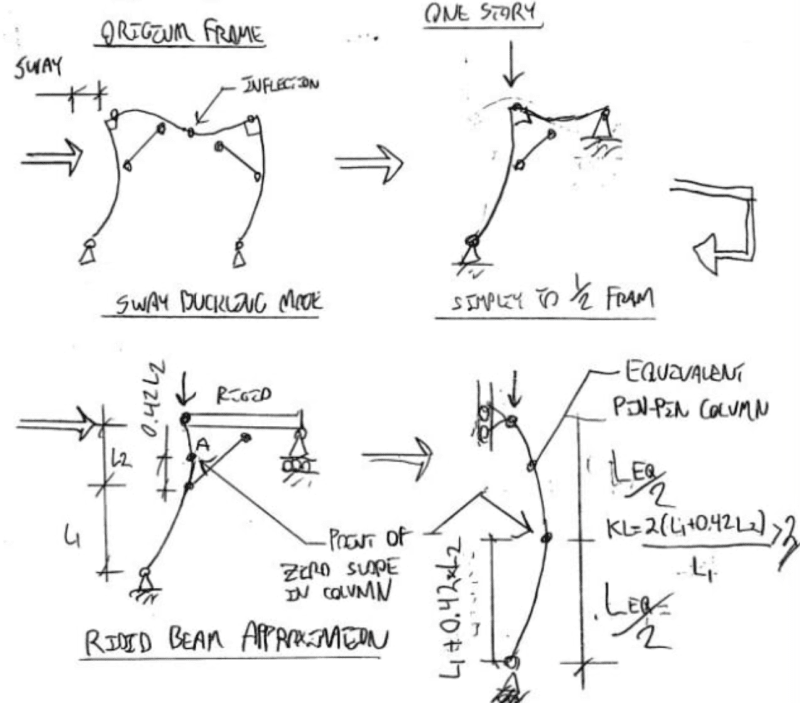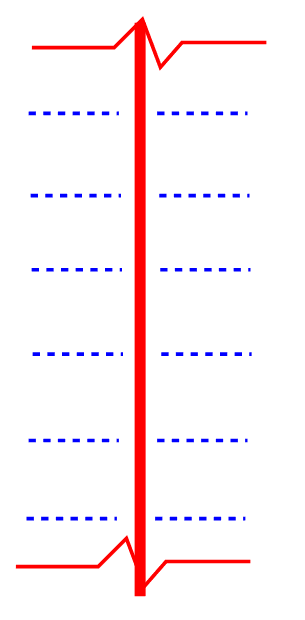Venkat Ashrith
Structural
- Feb 8, 2022
- 5
I'm designing a brace frame and I have a question regarding fixity. (Geometry file attached)
Its a chevron bracing system. It has grvaity loading and inplane loading. I want to ask if we can assume that the column is braced by the brace at the location where the brace connects to the column. Lets say the column is 40' tall and the brace connects to the column at a height of 10'. Can I take my unbraced length to be 30'?
Usually point braces differ from where the column is loaded. Here the braces loads the column, so I was wondering if it can be considered that the brace, braces the column.
Its a chevron bracing system. It has grvaity loading and inplane loading. I want to ask if we can assume that the column is braced by the brace at the location where the brace connects to the column. Lets say the column is 40' tall and the brace connects to the column at a height of 10'. Can I take my unbraced length to be 30'?
Usually point braces differ from where the column is loaded. Here the braces loads the column, so I was wondering if it can be considered that the brace, braces the column.


